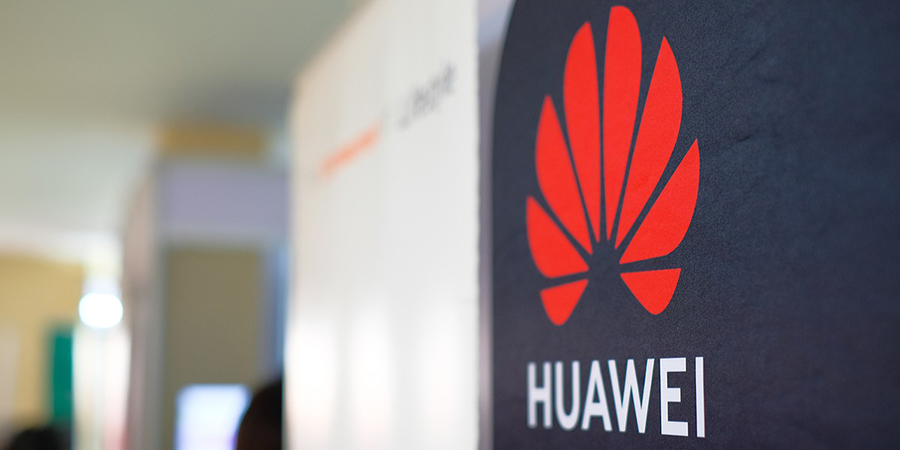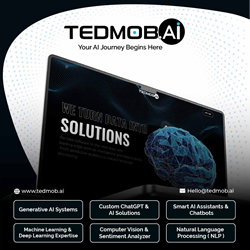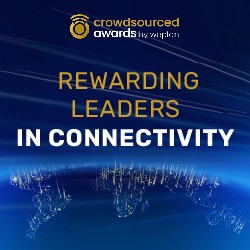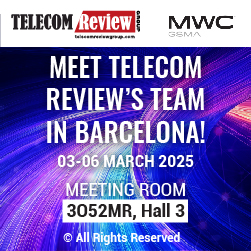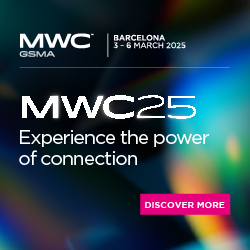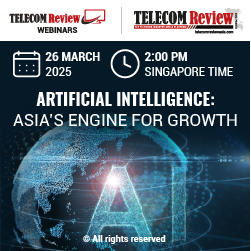Huawei is back in full force at the Mobile World Congress Barcelona, which returns as a physical event after going virtual due to the pandemic. Within its expansive stand in Barcelona, visitors have a glimpse of the digital forces Huawei believes will shape the world in this decade.
Guided by the MWC 2022 theme of "Lighting the Future", Huawei’s exhibition is focusing on three themes: Lighting up the Connected Future, Lighting up the Digital Future and, Lighting up the Green Future.
In the Connected Future envisioned by Huawei, businesses in various industries will increasingly turn to advanced ICT technologies to drive industry digitalization and continuously improve the customer experience. New connectivity standards such as 5G Advanced, 6G, IPv6+ will take hold this decade while the rest of the digital ecosphere will evolve rapidly, enabling novel applications that were not possible with previous technologies.
Based on the trends above, experts at Huawei predict that there will be more than 1 billion extended reality (XR) users worldwide by 2030. By the end of the decade, 60% of new cars will support C-V2X features. Additionally, various application requirements of digital life will drive the per capita monthly wireless cellular network traffic to reach 600 GB by that time, while over one million 5G industrial private networks will be in use by enterprises worldwide.
By 2030, Huawei believes the world will have entered the yottabyte (YB) era. In this digital future, the amount of data generated worldwide each year will exceed one trillion gigabytes, or 1YB, equivalent to the storage capacity of 4 trillion 256 GB mobile phones. Meanwhile, public and private cloud services will account for more than 87% of enterprise application spending.
Huawei is also highlighting how innovation can light up a greener future. The rapid growth of the ICT industry, technologies and digital transformation have exacerbated carbon emissions. It is estimated that the ICT industry will account for 2% of total global carbon emissions by 2030. To reduce global warming and achieve UNDP targets as soon as possible, the ICT industry is pursuing green development in four areas: reducing carbon emissions, promoting circular economy, increase usage of renewable energy, and protecting nature using a science-based approach. Research shows that ICT technologies can enable other industries to reduce carbon emissions by more than x10 that of ICT itself.
Underlining these trends is the pursuit of sustainable development both at the public and corporate levels. Green development, social responsibility, and fast response to emergencies such as the pandemic will shape our society in profound ways in the next several years, say the company’s executives. Visitors at MWC are seeing how Huawei is putting its expertise and technologies to work to enable this green future. Huawei has developed the Green Development Solution, a three-layer solution that includes green sites and data centers, green networks and green operations.
Meanwhile, Huawei is also showcasing at MWC how it collaborates with global partners, such as UN organizations, NGOs, research institutes, governments, carriers, and enterprise customers to help build a better world through inclusion. The company is continuing to run its "TECH4ALL Digital Inclusion Action Plan", a long-term project to promote digital inclusion and the social value brought by ICT technologies. For example, visitors at MWC can see how Huawei launched the DigiSchool project with Rain, a South African operator, and Click Foundation, a non-profit education organization, in response to a call by the South African government to ensure that all children can read fluently and understand what they are reading by the end of third grade.
As it looks to light up the future, deploying advanced technology and working with partners remain at the forefront of Huawei’s strategy—one that is profoundly changing our world.




